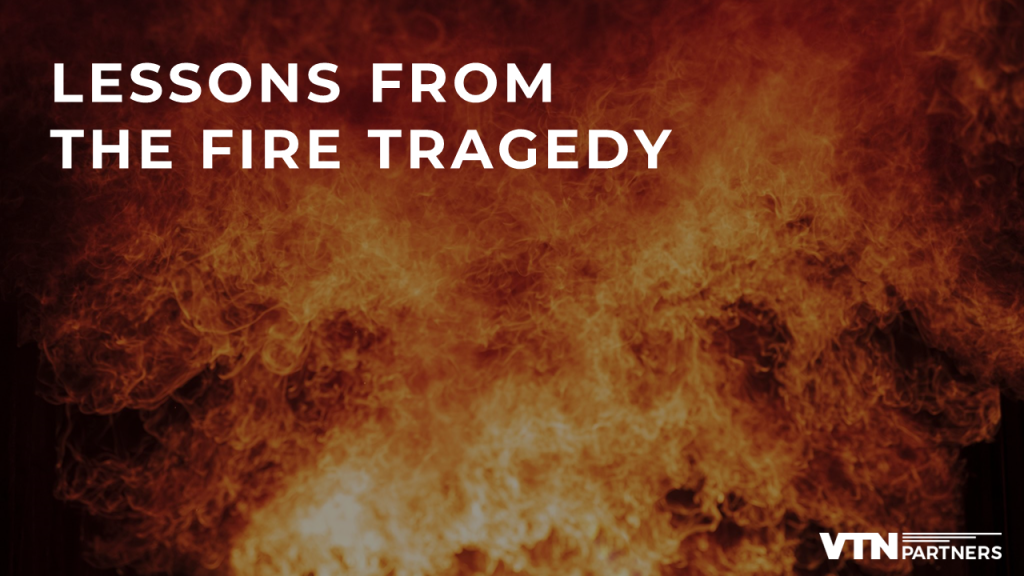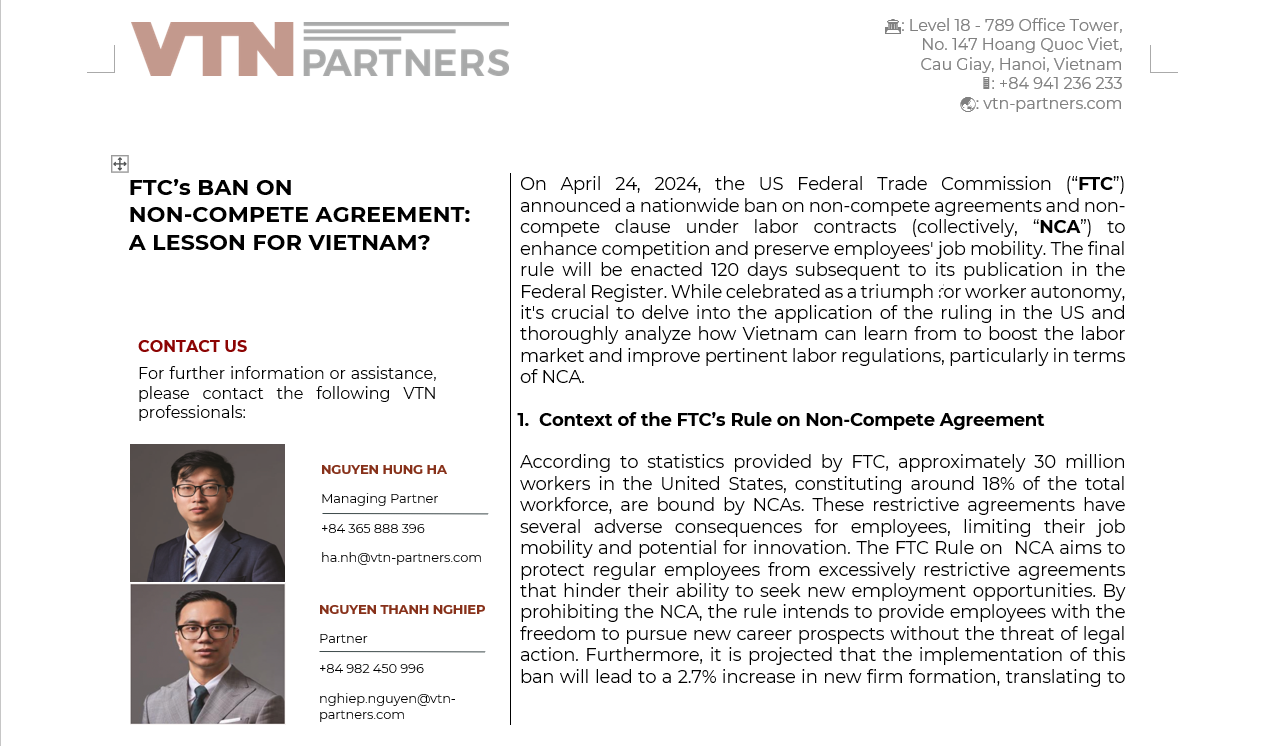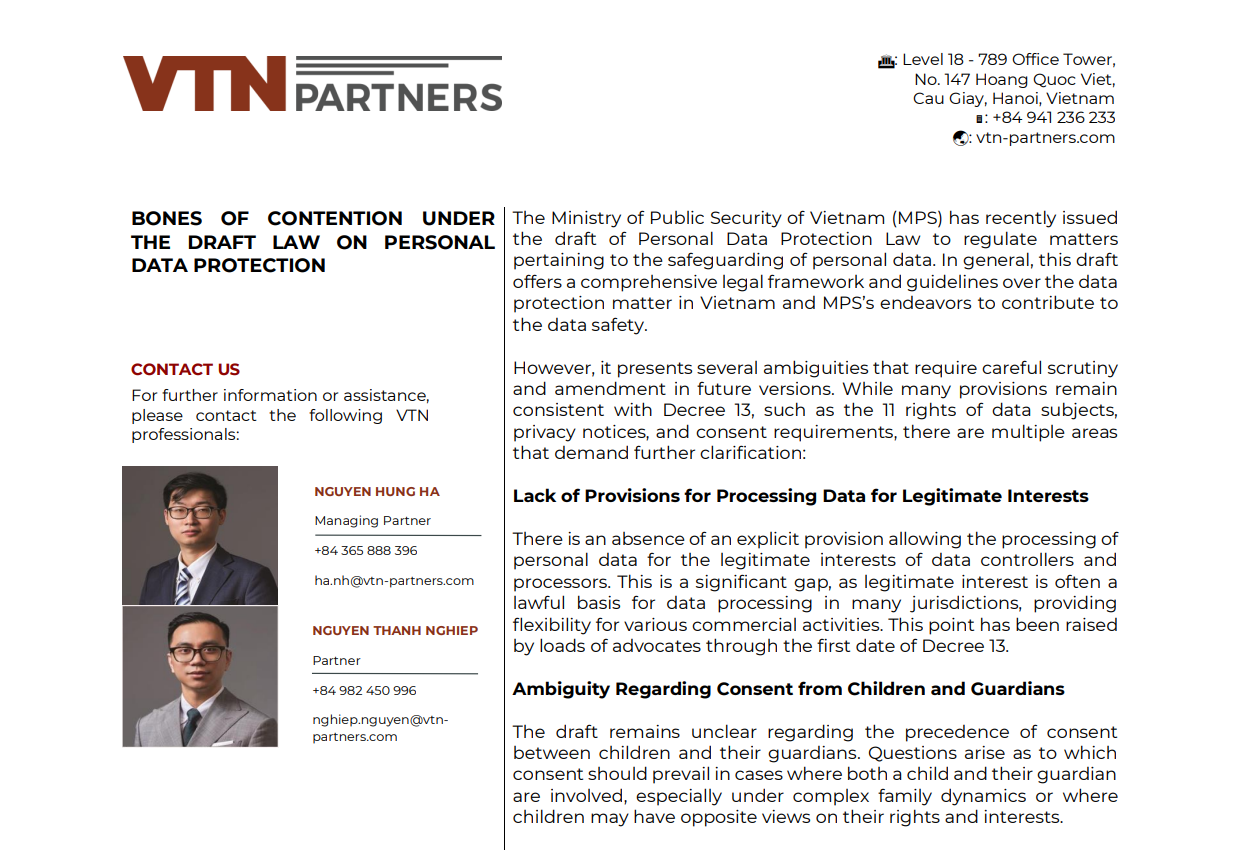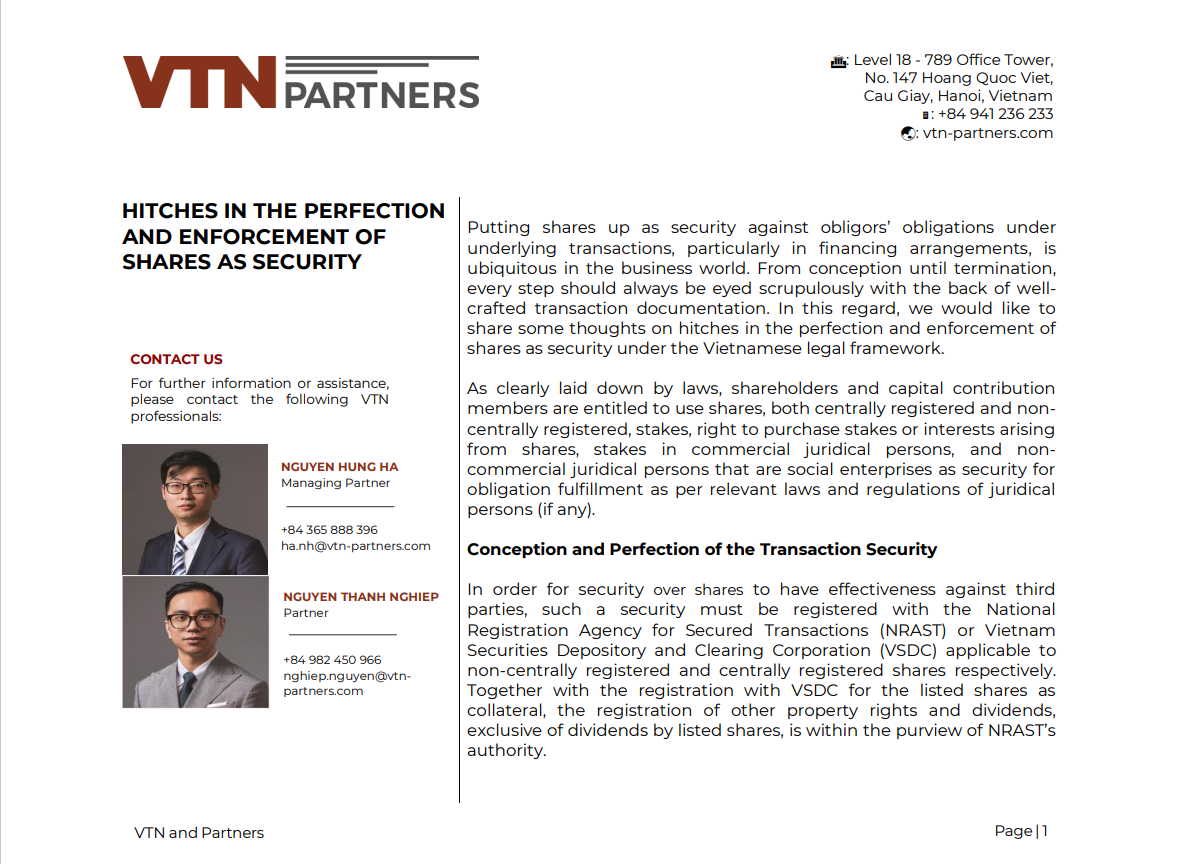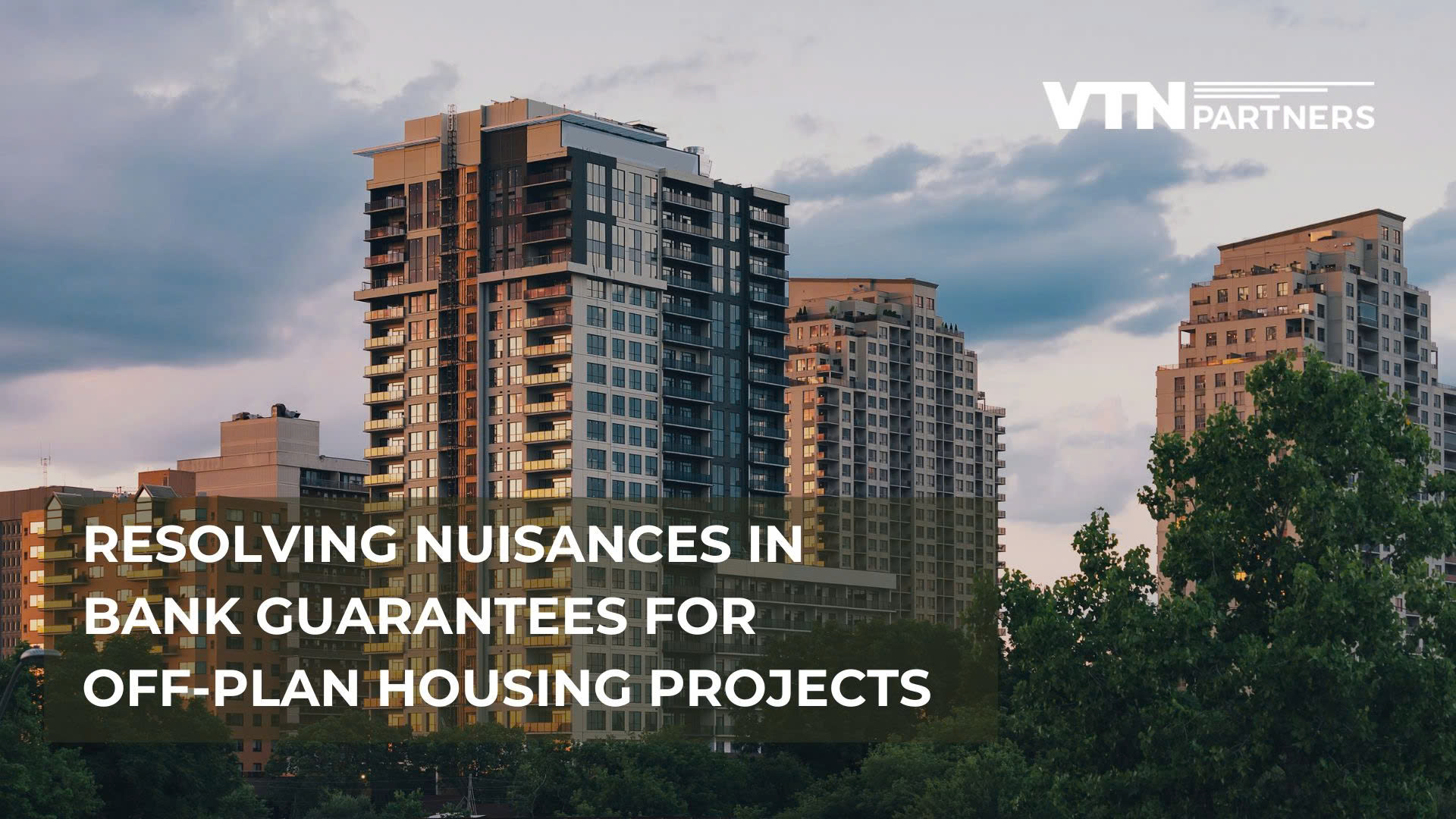This article is written by Trinh Ngoc Bao Trang and Nguyen Thu Hang, and edited by Nguyen Thanh Nghiep
During two hours of a late-night fire Tuesday that swept through a “so-called” mini apartment building at Khuong Ha Street in Hanoi’s Thanh Xuan District, about 70 people have been rescued, nearly 40 injured and at least 56 dead. The conflagration is recorded as the most devastasting tragedy throughout the past 21 years since the 2002 catastrophic blaze at International Trade Center that rocked Sai Gon, leaving 70 injured and 60 dead.
Using both subjective and objective approaches, a number of reasons have been presented. In this writing, we will go through the prevailing legislative instruments of Vietnam and analyze those applicable to the catastrophe.
Illegal construction, loose management
One day after the deadly fire, the police decided to press charges against this case and detain Nguyen Quang Minh (44 years old, residing in Cau Giay District, Hanoi), proprietor of the apartment block, for a period of four months due to his violations of fire safety norms as stipulated in Article 313 of Criminal Code 2015.
Before starting construction of a building, the owner must have a construction permit issued by a competent authority. One of the basic contents of the construction permit includes the total construction area, construction area of the first (ground) floor, number of stories (including basement, attic, technical story, and staircase roof), and maximum elevation of the entire work[1]. Eight years ago, Minh acquired the construction permit to build a house encompassing a floor area of 240 sq.m. Thanh Xuan District granted him such a permit to put up a six-story dwelling with the first floor covering an area of 167m2, featuring a construction density of 70% and an elevation of 20,2m (excluding staircase roof). However, Minh transformed the project into a 10-story mini-apartment structure with a construction area of 230m2 and an occupancy of nearly 100%, consisting of four to five apartments per floor, and eventually sold and leased them to 45 families (approximately 150 inhabitants).
According to regulations on fire safety techniques, edifices consisting of seven or more levels must possess a fire prevention certificate, which requires it to have two escape routes and certain equipment for fire prevention and extinguishing when necessary[2].
Upon inspection on September 14, the Ministry of Construction identified a series of fire safety transgressions, which were determined to be partially caused by local authorities’ lax control.
Life-threatening construction failure
The block is designed in the tube house style, featuring one facade and three sides adjoining other residential properties, resulting in a single exit at its front while the other three sides remain entirely enclosed. The building lying in a narrow alley that spans only three meters wide and is provided with only one escape route, which is a staircase, made the approach and rescue operations significantly hindered. A security guard at the building said the fire ignited from an electrical outlet on the first floor of the parking area before spreading rapidly to the upper floors. Rendering entrance for rescue purposes through the lone staircase, therefore, was unfeasible. Fifteen fire trucks were dispatched to the scene but had to stop about 400 meters away from the fire. Firefighters utilized hoses to lead water from the tanks to the fire and small ladders to climb up and fight the lethal blaze.
According to fire prevention regulations, apartments exceeding seven floors must ensure accessible roadways for fire trucks with no further than 10m distance from parking[3]. The building itself must be equipped with on-site fire hydrants[4].
Alternate escape and rescue path was supposed to be the apartment’s balconies[5], but most were fenced in with stainless steel iron bars as residents feared burglars. Some apartments have no bars, but they were locked from inside or do not have stairs to climb down from the fire escape. Rescuers said it took up to ten minutes to cut through the iron bars and get inside those apartments so that the “golden period” to achieve casualty survival could be missed.
Lessons and Actions
Upon hearing about the mini apartment fire in Khuong Dinh ward, Thanh Xuan district, Hanoi, Deputy Prime Minister Tran Luu Quang along with Hanoi Party Secretary Dinh Tien Dung and representatives of the Ministry of Public Security arrived at the scene to oversee the aftermath.
Prime Minister Pham Minh Chinh recently signed Official Telegram No. 796/CD-TTg dated September 13 on the residential house fire on behalf of the Government. The Prime Minister sent greetings and sincere condolences to the relatives and families of the victims and gave instructions to relevant competent agencies for an organization of thoughtful visits, timely encouragement, and material and spiritual support for victims’ families. He also directs Hanoi People’s Committee to closely coordinate with the Ministry of Public Security to focus on overcoming the consequences, urgently investigate the cause of the fire, clarify the responsibilities of relevant organizations and individuals, as well as strictly handle violations (if any) according to the provisions of law. The telegram guides the Ministry of Public Security and People’s Committees of provinces and centrally administered cities continue to seriously and drastically implement the directions of the National Assembly, the Government, and the Prime Minister on fire prevention and fighting at offices, regularly inspect and review establishments with high fire risks in the area, especially mini apartments and rental service establishments with a high density of people, promptly detect and strictly handle the violations.
On September 13, the Hanoi’s Committee issued Official Telegram No. 02/CD-UBND on strengthening fire prevention and fighting for multi-apartment housing requesting the Chairman of the People’s Committees of districts, towns, and cities to organize a general inspection and review of 100% of establishments, multi-apartment houses and rental houses in the management area, especially mini apartments; promptly detect and strictly handle violations of construction order and fire prevention in accordance with the law. Along with that, Hanoi also requires units to guide household and facility owners, immediately rectify existing violations of fire prevention and fighting, especially violations leading to large fires or fires causing serious consequences to people and property, and report and propose solutions and handling measures before October 30, 2023.
On September 15, the Prime Minister issued Official Telegram No. 825/CD-TTg requesting a general review and inspection of fire prevention and fighting works in apartments, multi-story buildings, high-density rental houses, and home-based businesses nationwide. The Ministry of Construction is assigned to supplement fire prevention and fighting standards for mini apartments and high-density rental establishments, and promptly amend regulations and standards of separate houses.
In the unfortunate event of the minor apartment blaze, Nghiem Quang Minh was not the sole individual at fault. This incident serves as an instructive lesson and a cautionary tale for local authorities, extending beyond those merely involved in construction and real estate industries, who are no strangers to the frenetic pursuit of profit. On a wider scale, the heartbreaking conflagration in Thanh Xuan district exemplifies the adverse repercussions felt at the grassroots level. Various concerns pervade districts, wards, and communes, such as corruption in construction permits, land use rights transactions, property certification, and personal identification verification. In essence, this occurrence underscores the significance of fire safety and firefighting policies in safeguarding the well-being of individuals and ensuring the effective enactment of legal stipulations.
[1] Article 89 of Construction Law[2] Appendix III Decree 136/2020/ND-CP on providing guidelines for the law on fire safety and firefighting and the law on amendments to the law on fire safety and firefighting[3] National Technical Regulation on Fire Safety of Buildings and Constructions (QCVN 06:2022/BXD)[4] National Technical Regulation on Fire Safety of Buildings and Constructions (QCVN 06:2022/BXD)[5] Fire protection – High-rise building – Design requirements (TCVN 6160:1996)